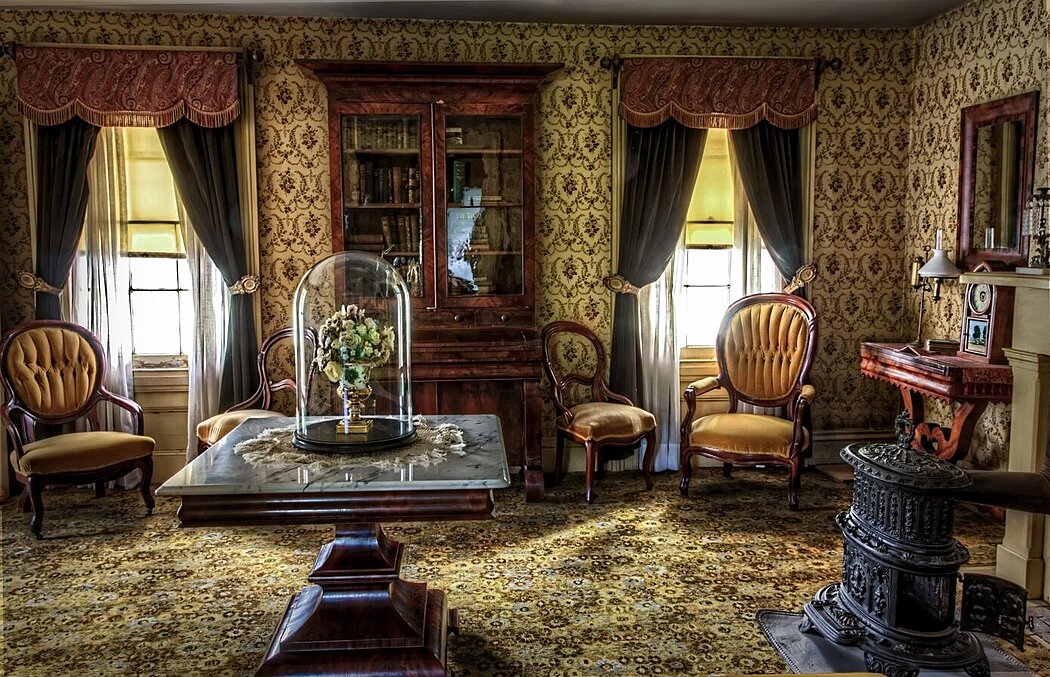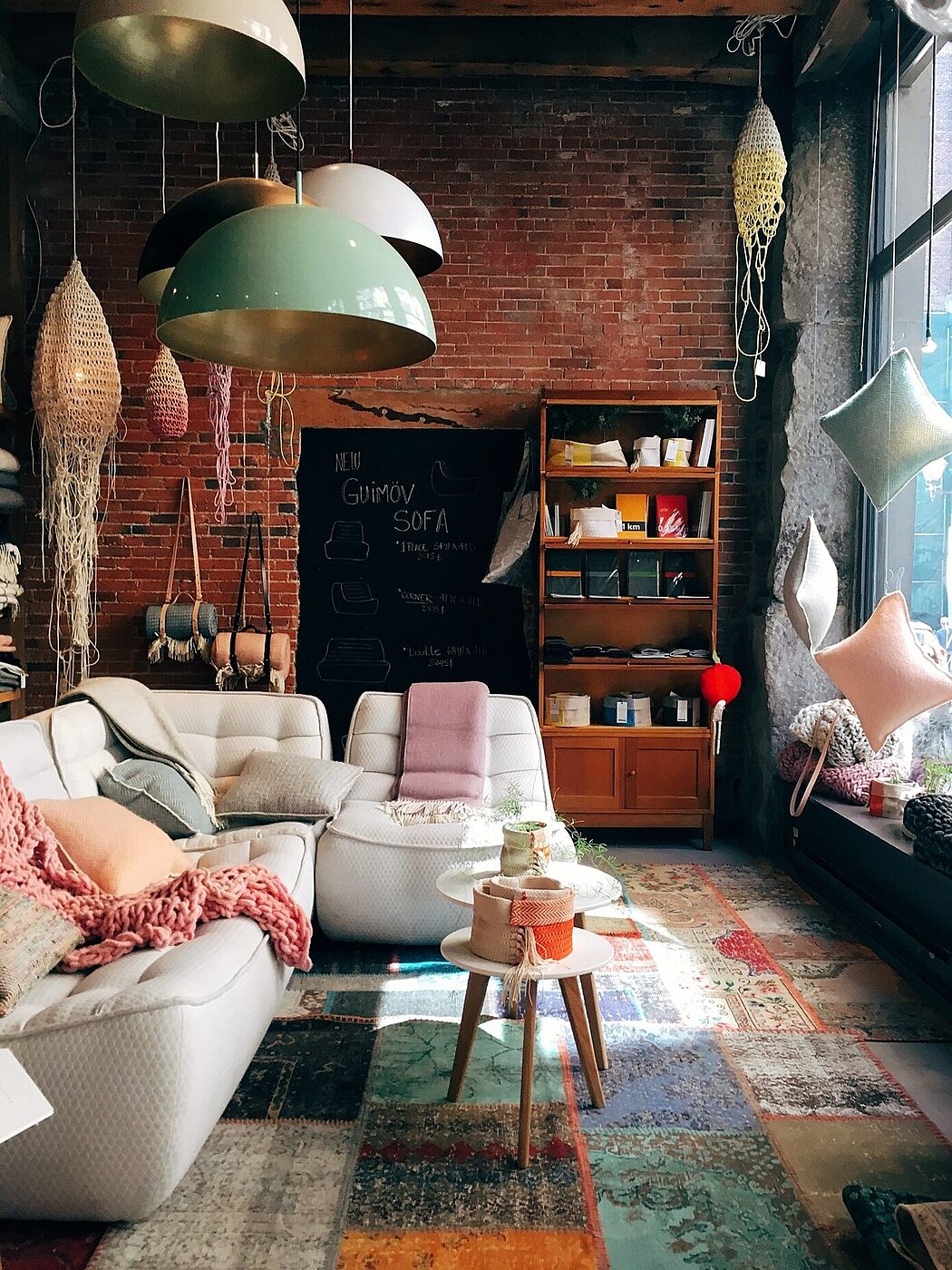Who’d think picking out paint colors could land you in court? Yet, as an interior designer, you’re navigating a maze of laws, not just swatches. You’re contracting with clients, protecting your designs, and ensuring your projects comply with all building regulations.

It’s not just about creativity; it’s also about understanding the legal landscape. So, let’s dive into the nitty-gritty of interior design law and learn how to protect yourself and your creative vision.
Understanding the Basics of Interior Design Law
You’re just starting to grasp the basics of interior design law, aren’t you? It’s a complex field, but don’t fret. You’re in the right place to get the fundamentals down pat.
First off, you need to understand that interior design law isn’t just about aesthetics. It’s about ensuring that the designs comply with local, state, and even federal regulations. You’ve got to be aware of the building codes, health and safety standards, and accessibility requirements. Ignorance isn’t an excuse in the eyes of the law, you know.
Secondly, contracts play a major role. You have to be savvy in contract law, not just in drafting them but also in understanding and negotiating terms. Remember, a contract isn’t just a piece of paper. It’s a legally binding agreement that can make or break your projects.
Lastly, there’s the matter of intellectual property rights. Just as you wouldn’t want someone to steal your designs, you can’t use others’ without permission. Respect copyrights, trademarks, and patents. They’re not just legal terms; they’re the safeguards of creativity.
This is just the tip of the iceberg, but you’re off to a good start. Keep learning, because knowledge is power, especially in interior design law.
The Role of Contracts in Interior Design
Although you might think it’s all about creativity and aesthetics, you can’t ignore the crucial role contracts play in the field of interior design. They’re not just dull paperwork. Contracts are your safety net, protecting your interests and ensuring everyone’s on the same page about the project’s scope, timeline, and payment terms.
Let’s break down the key elements of an interior design contract:
- Scope of Work: This details what you’ll do, from initial sketches to final installations. It sets client expectations and prevents scope creep.
- Payment Terms: Clear payment terms eliminate ambiguity. It’s crucial to mention when payments are due and what happens if they’re late.
- Dispute Resolution: Contracts should outline how disputes will be handled. This can save you from costly and time-consuming legal battles.
Importance of Intellectual Property Rights in Interior Design

In your interior design practice, it’s essential to understand and respect intellectual property rights. This not only protects your original designs but also shields you from potential legal disputes. When you’re developing a new design concept, it’s vital to know that any original sketches, models, or digital renderings you create are protected under copyright law. This means that you have the exclusive right to reproduce, distribute, and display your work.
However, it’s not just your own designs that need protection. You must also respect the intellectual property rights of others. If you’re incorporating elements from other designers’ work into your projects, ensure you’ve obtained the necessary permissions. Otherwise, you could find yourself in hot water legally. Intellectual property infringement is a serious offense that damages your professional reputation and carries hefty financial penalties.
Moreover, you should also be mindful of trademark laws If you’re using specific branded items in your design, you should ensure you’re legally allowed to do so under both trademark laws and Osbornes Law. Understanding and respecting intellectual property rights in interior design isn’t just ethical; it’s a legal prerequisite.
Next, let’s delve into another crucial aspect of your practice: compliance with building codes and regulations.
Compliance with Building Codes and Regulations
You’ve got to comply with the local building codes and regulations, and failing to do so can lead to serious legal repercussions. These rules aren’t just empty mandates; they ensure the safety, functionality, and aesthetic quality of your interior design project.
In the interior design industry, compliance with building codes involves:
- Understanding the nuances of fire safety regulations, such as ensuring proper installation of smoke detectors and fire-resistant materials,
- Adhering to accessibility standards, such as designing hallways and bathrooms that can accommodate individuals with disabilities,
- Implementing energy efficiency codes, including proper insulation and energy-efficient lighting,
You’re not just crafting a visually appealing space, but one that’s structurally sound, safe, and environmentally conscious. It’s crucial to be detail-oriented and legally precise, as overlooking a single regulation could lead to hefty fines, project delays, or even the closure of your business.
Stay informed about the ever-evolving building codes and regulations. Leverage your knowledge to create designs that not only inspire but also comply with the law. Now, let’s transition into our next topic: navigating zoning laws in interior design.
Navigating Zoning Laws in Interior Design
When working on interior design projects, it’s critical for you to navigate through the complexities of zoning laws for the sake of both compliance and optimal design. These laws, often defined by local governments, influence the function and layout of spaces. Misunderstanding or ignoring these regulations can lead to costly legal issues and project delays.
It’s essential for you to understand that zoning laws extend beyond structural restrictions. They can encompass areas like allowable business activities, parking requirements, signage regulations, and even noise control. You must be well-versed in these matters to ensure your design doesn’t infringe on any local ordinances.
You must also be proactive in obtaining any necessary permits before starting a project. This step might involve presenting your design to a zoning board or commission for approval. It’s not just about getting a permit; it’s about understanding the nuances of the laws and how they apply to your design.
Legal Aspects of Health and Safety in Interior Design
You’re now going to delve into the legal aspects of health and safety in interior design, a critical area that impacts your project’s success and your clients’ wellbeing. Doing so ensures that you’re not just creating visually pleasing spaces but also safe environments that comply with all relevant laws and regulations.
Understanding the legalities surrounding health and safety is critical. It’s not just about aesthetics; it’s about ensuring that your designs adhere to:
- Building codes and regulations
- Accessibility requirements
- Fire safety standards
Building codes and regulations ensure that a structure is safe for its occupants. These laws govern everything from the type of materials used to the layout of the space. Ignoring these can lead to hefty fines or even legal action.
Accessibility requirements are also key. It’s not just about being inclusive; it’s a legal requirement under the Americans with Disabilities Act (ADA).
Finally, fire safety standards are critical. This includes everything from the use of fire-resistant materials to the inclusion of appropriate fire exits in your designs.
Dispute Resolution and Legal Remedies in Interior Design
In the realm of interior design, it’s crucial for you to be well-versed in dispute resolution and legal remedies to handle any challenges that arise with your projects. Scuffles may occur over design aesthetics, budget issues, or delays in project completion. Don’t let these disputes tarnish your reputation or sour your client relationships.
You must familiarize yourself with mediation and arbitration, two common dispute resolution methods. Mediation involves a neutral third party who facilitates communication between disputing parties to reach an agreement. It’s less formal, often cheaper, and can preserve relationships.
Alternatively, in arbitration, an arbitrator makes a binding decision after hearing arguments from both sides. It’s more formal but can be quicker than court proceedings.
You should also know about the legal remedies available. If a client breaches a contract, you might be entitled to damages. Specific performance—an order from the court to fulfill the contract—could be another option.
Understanding these processes won’t merely help you resolve disputes effectively but also aid in drafting more robust contracts and preventing potential conflicts. Keep up with legal updates and continually improve your dispute resolution skills. Your design expertise, coupled with your legal savvy, can truly set you apart.
Conclusion
So, savvy designers, remember: contracts count, copyrights carry weight, codes command compliance, zoning zones your creativity, health and safety harbor significance, and disputes demand deftness.
From the drafting table to trial, navigating the nuanced network of interior design law is no mere detail. It’s a key component in constructing a successful, sustainable practice.
So, don’t dismiss these doctrines; delve into them diligently and design with legal precision.
The post Navigating Interior Designs with Legal Precision first appeared on HomeAdore.from HomeAdore https://ift.tt/Smo2OAr
Comments
Post a Comment